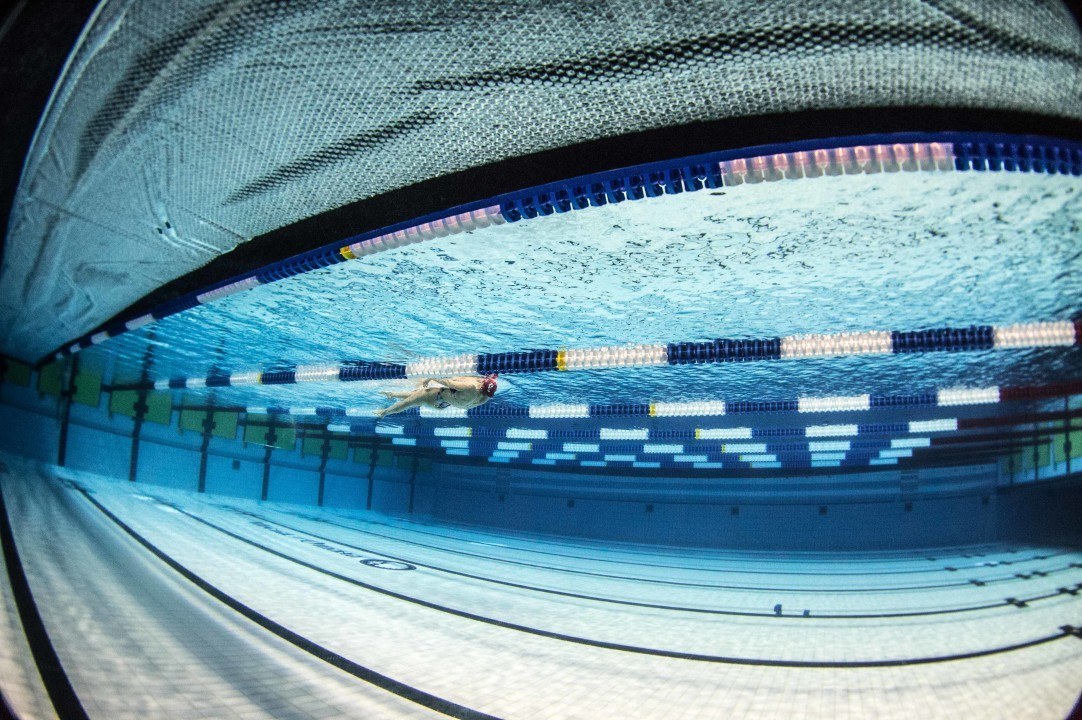Ever wonder how pools in international competition seem to foster some of the fastest races ever?
Click the full screen button on the video above to see the clip enlarged.
It’s not just that the fastest swimmers are competing, but pools like the one at the 2012 London Olympics are engineered to reduce the impact of waves as much as possible.
Pools can be made “faster” by building more depth all-around, in order to let waves dissipate before they can bounce back and affect the swimmers during a race. The video also focuses on the importance and engineering of gutter systems along the sides of a pool in order to absorb waves better. Lane lines, too, are built the way they are in order to take in the energy created by waves in order to lessen the impact on the swimmers themselves.
American world record holder Missy Franklin is also interviewed and talks about what makes a pool “faster.”

this did not work
hiiiiiiiiii
cool
not a video
This helped so much with my project!
How can I make my 20 foot pool faster? Hoping to set a record there this summer.
http://www.ourpoolbuild.com – Build your own pool and save.
Is there a maximum permissible level of mineral salt allowed in the water? Clearly salt helps buoyancy so that concentration level must be limited???
Did this video actually take the time to explain what a wave is?